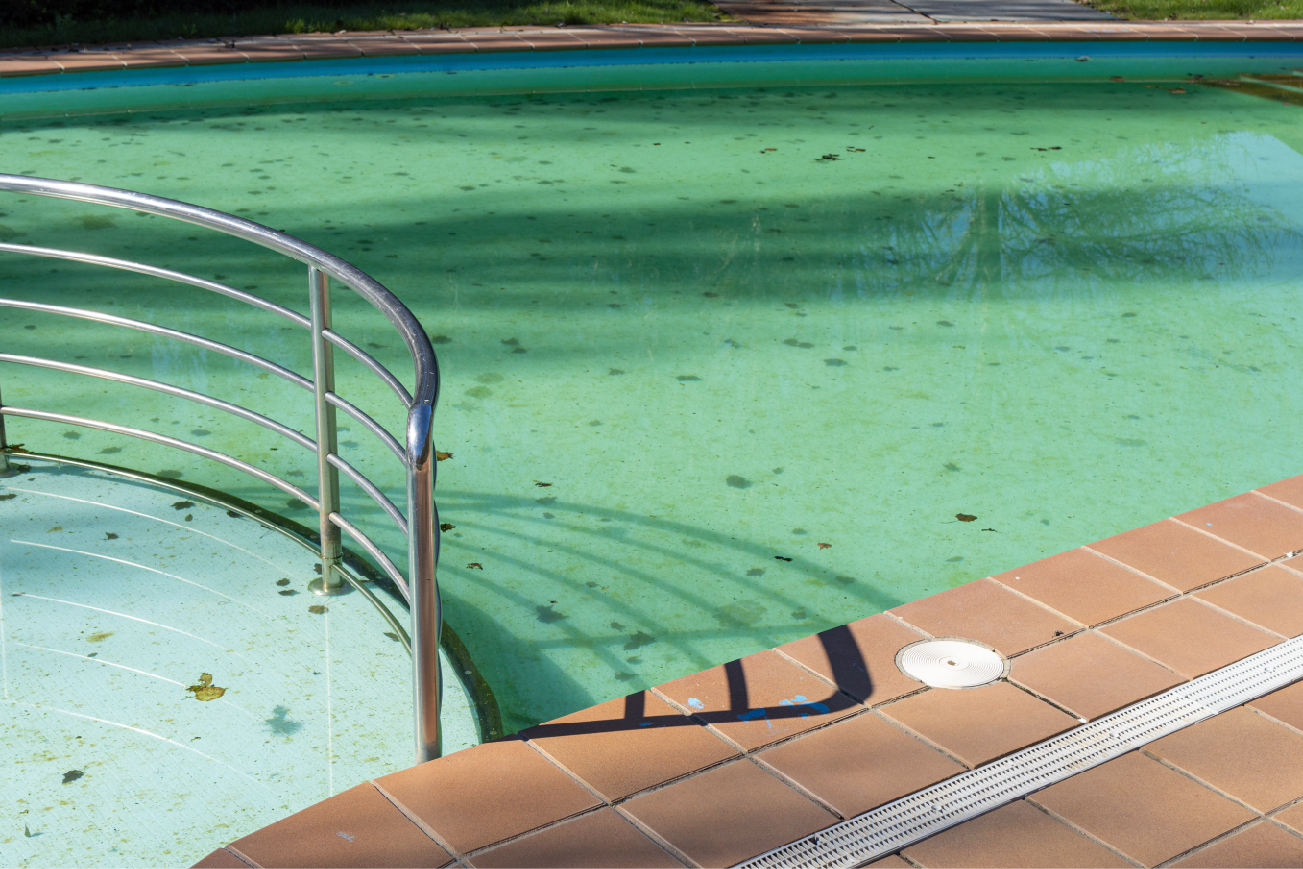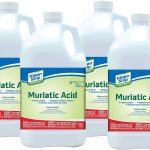
Pool Alkalinity: The Unsung Hero of Pool Chemistry
The Crucial Role of Alkalinity in Maintaining a Healthy and Safe Swimming Environment
Pool maintenance is essential for a safe and enjoyable swimming experience. One of the most critical aspects of pool maintenance is managing the water’s alkalinity levels. Pool alkalinity is a measure of the water’s ability to neutralize acids, and it plays a significant role in maintaining the proper balance of pool chemicals. In this article, we will discuss the importance of pool alkalinity, how it impacts other chemicals, what is used to balance it, and how to maintain it at the optimum level.
The Importance of Pool Alkalinity
- pH Stability: Alkalinity acts as a pH buffer, preventing rapid changes in the water’s pH level. A stable pH is essential for maintaining an ideal swimming environment, as pH fluctuations can cause discomfort to swimmers and damage pool equipment.
- Sanitizer Efficiency: Proper alkalinity levels help ensure that sanitizers, like chlorine, work effectively. When alkalinity is too low, sanitizers break down rapidly, making it difficult to maintain a safe and clean swimming environment.
- Protection of Pool Surfaces and Equipment: Balanced alkalinity levels prevent the pool water from becoming corrosive or scaling, which can damage the pool surfaces, equipment, and plumbing system.
How Alkalinity Impacts Other Chemicals
Pool alkalinity is directly related to the pH level in the water. When the alkalinity level is too high, it can cause the pH to rise, making the water more basic. High pH levels reduce the efficiency of chlorine, leading to cloudy water and potential algae growth. On the other hand, low alkalinity levels can cause the pH to drop, making the water more acidic. Acidic water can cause eye and skin irritation, corrode metal surfaces, and damage pool equipment.
Balancing Alkalinity: What to Use
The ideal alkalinity level for a swimming pool is between 80 and 120 parts per million (ppm). To raise alkalinity levels, you can use sodium bicarbonate (baking soda) or a commercial alkalinity increaser. To lower alkalinity, you can use muriatic acid or sodium bisulfate, which are both commonly used as pH decreasers.
How to Balance Pool Alkalinity
- Test the water: Use a reliable pool test kit to measure the alkalinity and pH levels in your pool.
- Adjust alkalinity levels: If the alkalinity level is too low, add sodium bicarbonate or a commercial alkalinity increaser, following the manufacturer’s instructions. If the alkalinity level is too high, add muriatic acid or sodium bisulfate as per the manufacturer’s instructions.
- Re-test the water: Wait at least 4 hours for the chemicals to circulate, and then test the water again. If the alkalinity is still not within the ideal range, repeat the process until it is balanced.
- Adjust pH levels: Once the alkalinity is balanced, test the pH level and adjust it accordingly. The ideal pH level for a swimming pool is between 7.4 and 7.6.
- Maintain balance: Regularly test the pool water to monitor the alkalinity and pH levels, and make necessary adjustments to maintain the ideal balance.
Understanding and managing pool alkalinity is an essential aspect of pool maintenance. By maintaining the proper alkalinity levels, you can ensure a safe and comfortable swimming environment while protecting your pool surfaces and equipment. Regular testing and prompt adjustments are the keys to achieving and maintaining the perfect balance in your pool’s water chemistry.




